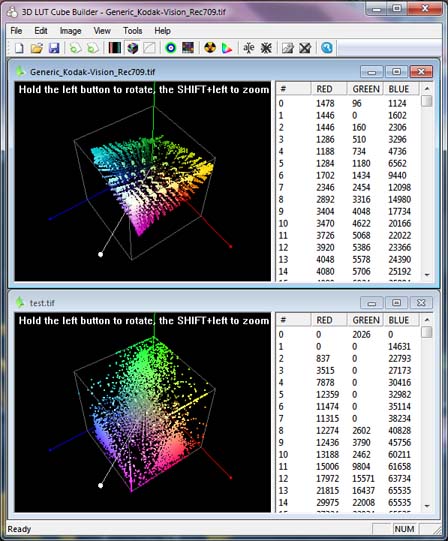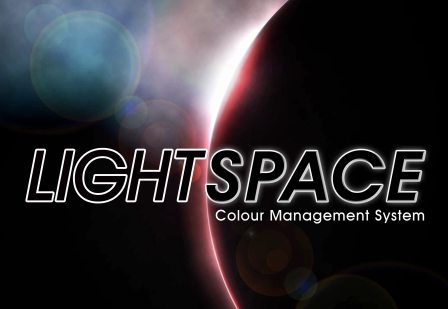La empresa Assimilate acaba de añadir a su mercado el sistema para la gestión de color LightSpace CMS (Colour Management Systems), de Light Illusion.
Este software sirve para realizar la gestión avanzada de color en el mismo set, en postproducción o en entornos de emisión, y proporciona todas las instalaciones necesarias integradas, por lo que es suficiente con una sola licencia, sin necesidad de sistemas múltiples o una licencia compartida (“floating”).
LightSpace CMS permite visualizar las imágenes que se han rodado sobre una pantalla digital, así como las imágenes corregidas sobre pantallas diferentes; de esta forma los operadores, coloristas, supervisores, directores de fotografía y directores pueden ver la precisión de la corrección y estar seguros de que el look final se corresponderá con las imágenes que se han ido controlando en las diferentes fases.
Estas son sus principales características y opciones:
– Main Component: Muchas veces, cuando importamos el material al ordenador nos damos cuenta de que el resultrado en el color no es el mismo que esperábamos. Para solucionarlo, es necesario aplicarle una LUT (propia de la cámara que se ha utilizado o una que haya sido creada por nosotros mismos).
 Esta es la principal herramienta a través de la cual podemos trabajar con LUTs y LightSpace permite múltiples opciones para ello (creación, conversión, ajustes, exportación y visualización de LUTs tanto para 2D como 3D).
Esta es la principal herramienta a través de la cual podemos trabajar con LUTs y LightSpace permite múltiples opciones para ello (creación, conversión, ajustes, exportación y visualización de LUTs tanto para 2D como 3D).
Una de sus opciones permite insertar una imagen de referencia como una guía para el procedimiento de gestión de LUTs. También se puede importar una LUT con sus características del formato nativo propias y posteriormente modificarlas.
Además de la generación o modificación de LUTs, uno de los mayores usos de LightSpace es la exportación para llevarlas a cualquier otro sistema que las acepte. También se pueden exportar codificadas o encriptadas.
– LUT Burn-in. Gracias a esta opción las LUTs se pueden aplicar sobre la imagen; con el Main Component sólo es posible visualizarlas. A la hora de aplicarlas hay dos modos de hacerlo: se puede aplicar una LUT sobre cualquier imagen, esta misma aplicarla sobre varias imágenes o aplicar varias LUTs sobre una única imagen (también cualquier combinación de las dos opciones).
– Conversión del espacio de color.
– Calibración de la interfaz.
– Display Profiling & Profile Management: teniendo en cuenta los perfiles generados, el sistema es capaz de generar LUTs de forma automática.
– ASC CLD Tools: Offset (bajas luces), Slope (altas luces) y Power (tonos medios).
LightSpace CMS se puede conseguir en Assimilate Store por 4.495$. Otra opción es adquirir LightSpace CMS-Main Component Only* que, como su propio nombre indica, solamente trae estas opciones (explicadas arriba). Este último cuesta 825$.
Este es el enlace para comprar cualquiera de los dos y aquí podéis descargaros el trial. Para que funcione también hay que descargarse el plugin de Scratch.
En esta página tenéis todas las características detalladas y además aquí hay diferentes manuales sobre su utilización (no se pueden descargar).



